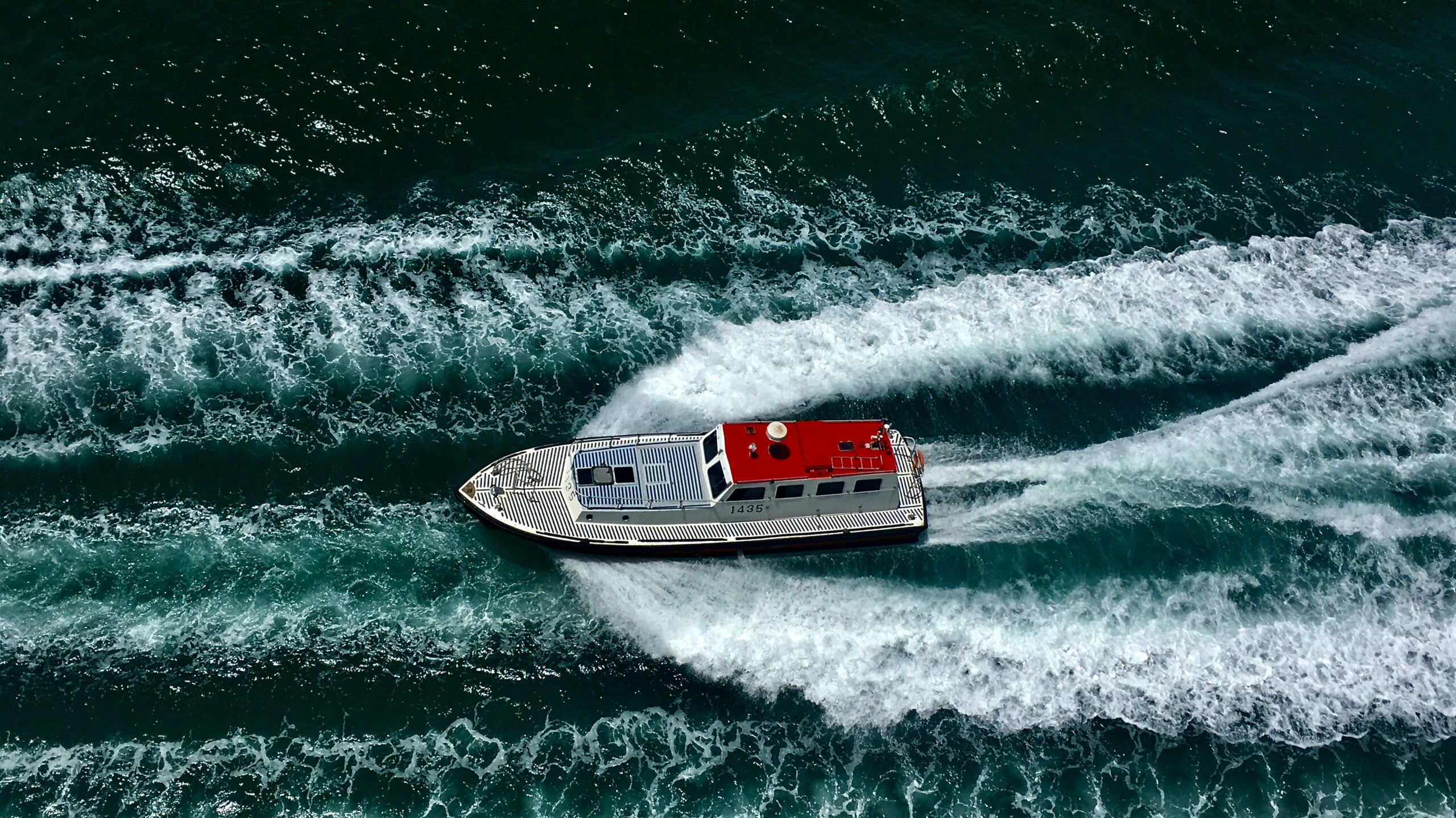Maritime domain awareness is paramount for ensuring the safety, security, and efficient navigation of the world’s vast oceans. In an era where global tech investment has reached upwards of $4.7 trillion, artificial intelligence (AI) and machine learning (ML) stand out as potent tools to revolutionize maritime operations for the United States Coast Guard (USCG).
Within the tech sector, elite organizations are pioneering advancements specifically tailored for maritime domain awareness. Leveraging AI/ML, their initiatives are poised to elevate systems like AMVER, targeting enhanced modernization. The ultimate objective is to harness technology to offer a predictive and secure maritime navigation experience for all stakeholders.
AMVER: Current State Analysis
The Genesis and Objectives of AMVER

The inception of the Automated Mutual Assistance Vessel Rescue (AMVER) system traces back to the tragic sinking of the Titanic in 1912, a calamity that underscored the urgent need for swift maritime rescue mechanisms. Originally termed the Atlantic Merchant Vessel Emergency Rescue, it was birthed by the USCG to primarily oversee North Atlantic waters. Initially, vessels with itineraries exceeding a day, regardless of their port of registry, were mandated to enlist in AMVER. By 1962, the system’s reach expanded to incorporate the United Kingdom. Eight years after its advent, its nomenclature was refined to its current title, emphasizing its vital role in maritime safety and collaboration.
AMVER’s primary objective is to offer assistance to ships in distress, ensuring that no call for help on the high seas goes unanswered. Stakeholders, from Coast Guard operators to vessel crews, have an intrinsic reliance on AMVER for efficient operations. Functioning as a dynamic data repository, AMVER’s current capabilities encompass tracking ships, assisting vessels in distress, and disseminating critical data.
Identifying Gaps and Limitations
The AMVER system, while mission-critical, has areas awaiting refinement. Some of the noticeable limitations include:
- Data Speed Constraints: Occasional disruptions in real-time data flow due to satellite communication lags or bandwidth issues.
- Accessibility Issues: Interface limitations across devices, especially in areas with limited connectivity.
- Data Accuracy Anomalies: Rare inaccuracies from sensor calibration or GPS glitches leading to positional offsets.
- User Experience Enhancement Needs: A demand for a more intuitive UI with advanced features for improved navigation.
- Integration with Other Systems: Challenges related to data synchronization, time lag, and mismatched data formats.
- Automated Distress Signal Recognition: Nascent ability to autonomously recognize irregular vessel behaviors; refinement needed.
Modernization Strategy: Infusing AI and Machine Learning

Elevating Data Accuracy and Timeliness
To address AMVER’s existing gaps, integrating AI algorithms can drastically improve data accuracy. Utilizing machine learning models like Convolutional Neural Networks (CNNs) aids in precise satellite image analysis for accurate vessel positioning. Meanwhile, Recurrent Neural Networks (RNNs) can swiftly process sequential data, predicting vessel trajectories and ensuring real-time data availability. As these models continuously learn, they autonomously refine their output, enhancing their accuracy with each iteration.
Integrating with Broader Maritime Data Sources
A holistic maritime operations view needs data integration from diverse sources. By tapping into satellite imagery, AIS (Automatic Identification System) data, and other maritime databases, a consolidated, panoramic perspective of the maritime domain can be achieved. Seamless integration, backed by advanced AI tools, ensures an uninterrupted flow of insightful data.
Augmented User Interface and Decision Making
A streamlined user experience remains pivotal for any system’s efficacy. The intricacies of maritime operations demand not just clarity but also speed. AI-driven interfaces can be transformative, such as predictive touch interfaces anticipating user needs or voice-activated command centers that reduce manual input. Such enhancements not only improve the efficiency of operations but also reduce potential human errors, making decision-making swift and more accurate.
Predictive Assistance: Using ML to Anticipate Distress
By analyzing historical and real-time data, machine learning models can forecast potential distress scenarios. For instance, by detecting patterns like erratic ship movements or engine malfunctions from past incidents, these models can preemptively signal potential equipment failures or navigational errors. Such preemptive measures can reduce response times, ensuring timely interventions even before a distress signal is manually transmitted.
Sustainment Strategy: Ensuring Long-Term Efficiency and Relevance
Incorporating Evolving Tracking Technologies
For AMVER to remain relevant, it’s important to continuously assimilate emerging maritime technologies and emerging technologies that are seen at the forefront of commercial industries. One way to do this is by incorporating evolving tracking technologies, such as the integration of satellite-based Automatic Identification Systems (AIS) which offers global ship tracking, expanding its range beyond traditional methods. Systems should be regularly updated, not just to incorporate new technological advancements but to adapt to the ever-changing maritime landscape.
Incorporating evolving tracking technologies means AMVER might look towards the integration of satellite-based Automatic Identification Systems (AIS) which offers global ship tracking, expanding its range beyond traditional methods.
User-Centric Enhancements and Training
An advanced system is of little utility if its users aren’t adept at harnessing its full potential. Regular user feedback loops can identify areas for enhancement, while comprehensive training modules can ensure all stakeholders—from Coast Guard operators to vessel crews—maximize the system’s utility.
Keeping Pace with AI/ML Innovations
AI and ML are fields characterized by non-stop progress. Systems like AMVER must evolve in tandem with these advancements, perpetually iterating and optimizing performance.
The vast potential of Artificial Intelligence and Machine Learning stands poised to redefine maritime domain awareness. Through careful modernization and a steadfast commitment to innovation, systems like AMVER are gearing up to safeguard our oceans, making every voyage more secure and efficient. As the maritime world stands on the cusp of this transformation, the silent contributions of tech leaders, including entities like TechSur, ensure a balanced blend of technology and maritime expertise.

